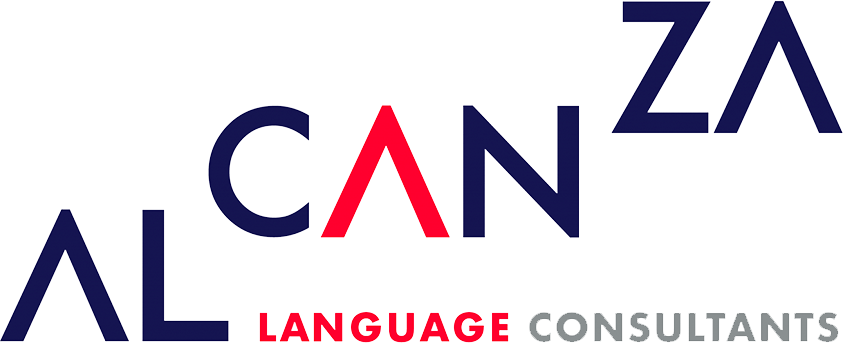The Covid-19 pandemic is an unprecedented event that has changed the educational systems in the world. On March 11 th, the World Health Organization (WHO) declared this disease as a pandemic, consequently Mexican schools have been closed since March 23rd. Currently, the distance learning strategy is unsustainable, and if we do not want an educational catastrophe, students must return to school. If authorities do not act soon, many students will be affected, mainly those who are in a vulnerable situation, such as natives, migrants, or children with disabilities. Government Authorities should consider implementing Community Learning Centers (CLC) in schools to give every child and young student a place to study despite the challenges of the pandemic.
Evidence indicates that returning to school must be a government priority. According to the survey to measure the impact of COVID-19 on education (ECOVID-ED) in México, 740 thousand students between three and twenty-nine years (2.2%) did not finish the school on 2019-2020 school year and 5.2 million (9.6%) did not enroll to the 2020-2021. This survey also shows that the main disadvantage of the remote classes (58.3%) is that students learn less, or they do not learn in comparison with face to face classes. Moreover, the inequality gaps have increased during this pandemic. Based on a recent household survey ENCOVID childhood, only 84.8% of economically marginalized homes have continued remote classes, while 90.7% students from middle income households and 95.1% of high-income households have maintained/accomplished remote learning. Likewise, the pandemic has affected mental health. The household survey indicates that one out of every 3 young people between the age of 0 and 17 suffers from anxiety, and 25% of individuals older than 18 have experienced depression.
The state of Sinaloa has 5,931 basic education schools operating during the 2020-2021 school year and 586,434 students, representing 19.4% of the entire state’s population. On April 26, 633 Community Learning Centers began operation. According to the Sinaloan authorities, these centers provide spaces where students can receive emotional and pedagogical support, mainly for those whose communication has been difficult and there is risk of abandoning the school. Attending the CCL is voluntary for students and does not represent a regular return to school. It is a space and contains a strategy that could mitigate the negative effects of the pandemic.
The CCL allows students access to materials that are not always available in their houses, such as computers, desks, television or other devices. Also, these centers give children the opportunity to avoid the child labor and violence, because these threats have increased during the quarantine and impacted student’s development. In this environment, students can also interact with their friends to maintain positive relationships, and the center can transform the school into a safeguard for socioemotional needs. However, even this topic must be a priority, and the safe implementation of the centers during the pandemic requires government measures and school adaptation.
According to the available evidence the government promotes guidelines for the CCA operations, although attendance at the formation of a CCL depends on the school board who determines its policies and procedures such as cleaning and disinfection days, the mandatory use of face masks and healthy distance. Likewise the schedule in the center should be only two hours per day and have a gradual attendance with delayed schedules to avoid crowds (no more than 9 students per group). The CCL must have ventilated places, responsibility filters at home and at the entrance of the school and in classrooms. The school can adapt these measures according to needs of the community. Nevertheless the CCL does not represent a regular return to schools, and it is only possible if the epidemiological traffic light is on yellow or green.
Our society is unequal, and not every child has had the same opportunities to keep learning during this pandemic. Opening CCLs is an excellent first step to mitigate the pandemic effects but is not enough. Last year many schools were abandoned, and they do not have adequate infrastructure and equipment to support student’s needs. Teachers will need confidence to open more centers, and they need community and government support to face each challenge. This strategy can change and improve, so it is important to evaluate the implementation and adjust when it is needed. The educational responsibility is from the state, yet the success of the CCL depends on everybody. No action will completely eliminate the Covid-19 risk, but with adequate measures, material conditions and protocols, returning back to school can be possible. So, we will avoid sacrificing the right to learn for an entire generation of students. The Community Learning Centers have started; it is time to give them the opportunity to work and be a hope to those children who need them.



